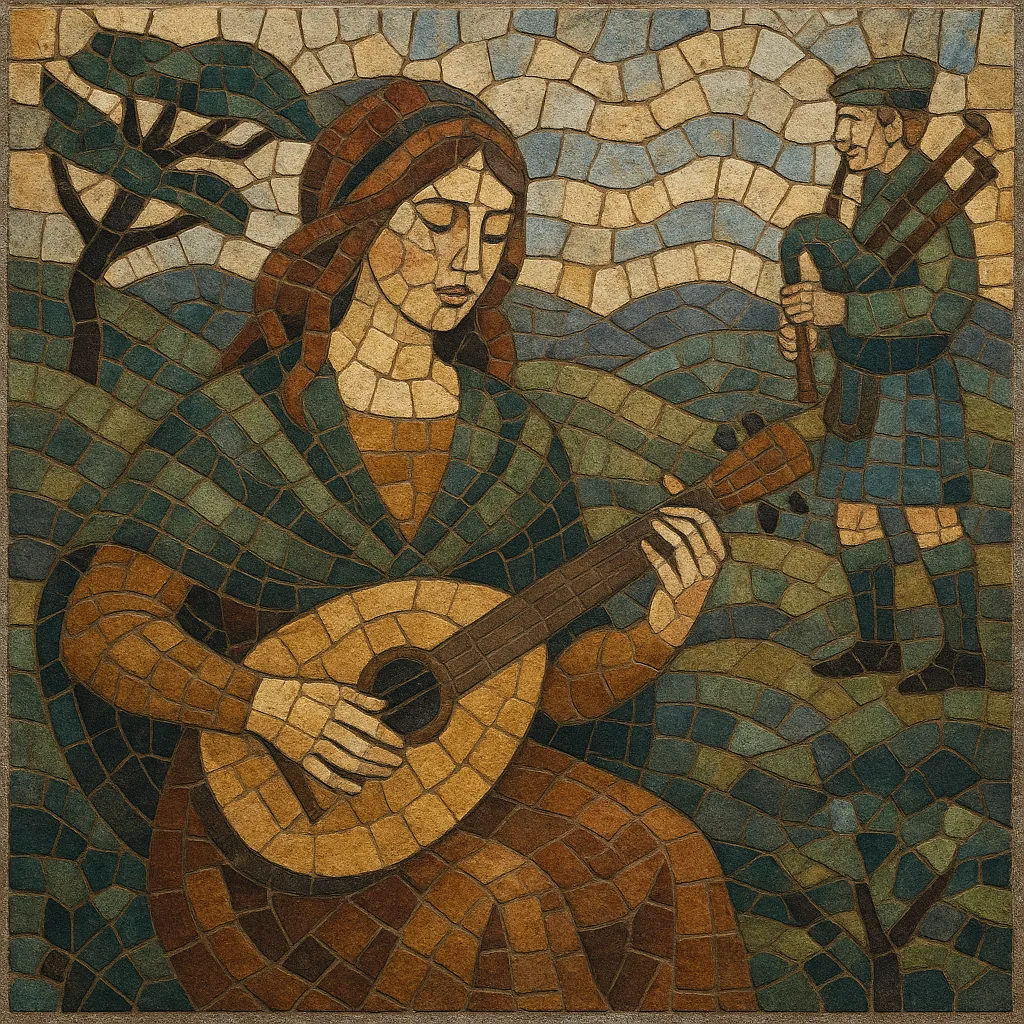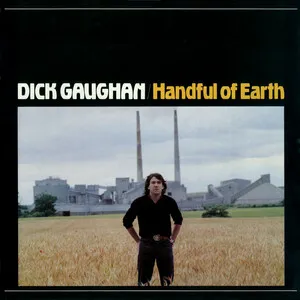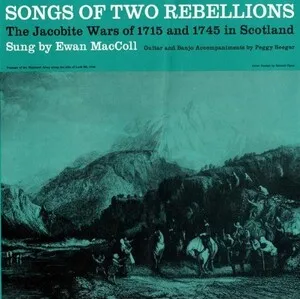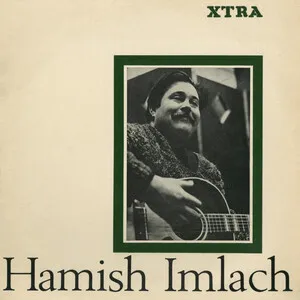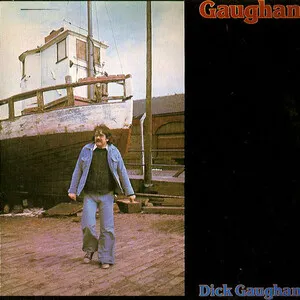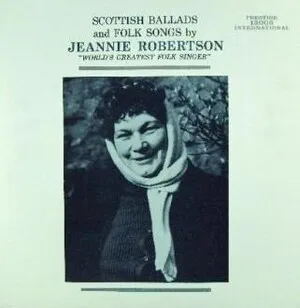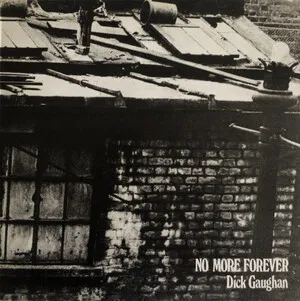Scots song refers to the tradition of Scottish songs—especially those in the Scots language and Lowland idiom—shaped by centuries of oral balladry, communal singing, and later salon and concert arrangements.
It is characterized by memorable, strophic melodies; diatonic or modal harmonies (often pentatonic or Mixolydian); narrative and lyrical texts that range from love and pastoral themes to political and Jacobite sentiments; and distinctive rhythmic figures such as the Scotch snap. While rooted in folk practice, Scots song also developed a robust "art song" strand through 18th–19th century collecting, editing, and arranging by poets and composers, making it a bridge between vernacular tradition and cultivated music-making.
Performance ranges from unaccompanied solo singing to accompaniment by fiddle, clàrsach (harp), smallpipes, guitar, or piano, and in the 18th–19th centuries by parlour and chamber ensembles via arrangements by figures like Haydn and Beethoven for George Thomson’s collections.
Scots song grows out of medieval and early modern balladry and minstrel practice in Lowland Scotland, where narrative songs and lyrical airs circulated orally and via broadsides. By the early 18th century, a distinct taste for "Scots songs"—texts in Scots set to local airs—emerged alongside the fashion for national and regional repertories across Britain.
A decisive phase began in the 1700s. Allan Ramsay’s Tea-Table Miscellany (from 1724) popularized Scots texts and tunes in print. Later, Robert Burns collaborated with editors and collectors, notably on James Johnson’s The Scots Musical Museum (1787–1803), refining and expanding a canon by revising traditional texts and composing new lyrics to existing airs. In parallel, George Thomson commissioned sophisticated arrangements of Scots songs for parlour and concert use from composers such as Joseph Haydn and Ludwig van Beethoven, bringing the vernacular repertory into European chamber-music settings. This period cemented the blend of folk source, poetic refinement, and polite musical taste that defines the genre.
The 1800s saw wide domestic performance of Scots song in salons and drawing rooms. Poets like Carolina Oliphant (Lady Nairne) and Robert Tannahill contributed enduring texts (“The Rowan Tree,” “The Braes o’ Balquhidder”), while publishers issued countless songsters and collections. The repertory mirrored national romanticism and nostalgia, alongside work songs (e.g., bothy ballads) that persisted in rural communities.
In the mid-20th century, collectors and activists such as Hamish Henderson, and visits by Alan Lomax, documented tradition bearers (e.g., Jeannie Robertson), connecting living oral traditions with urban folk-club circuits. Performers like Jean Redpath and groups such as The Corries helped popularize Scots song internationally, while singer–guitarists (e.g., Dick Gaughan) aligned the tradition with contemporary social commentary.
Today, Scots song thrives in both heritage and innovative contexts—from unaccompanied traditional singing to harmonized choral and chamber renditions, and crossovers with folk-rock and singer–songwriter idioms. Modern performers continue to revisit Burns, Ramsay, and Lady Nairne, while renewing the language and themes for current audiences.

